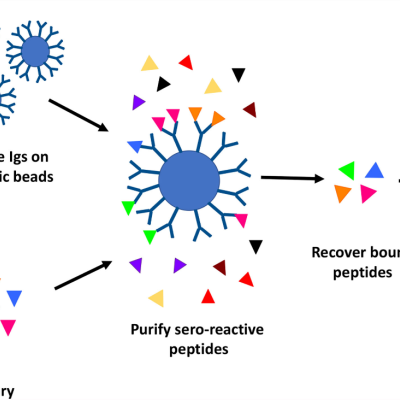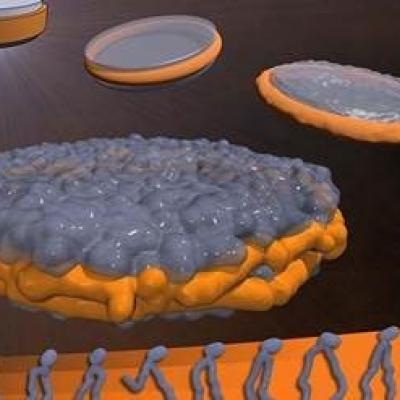LLNL researchers have developed a fabrication process for creating 3D random interdigitated architectures of anodes and cathodes, eliminating the need for a membrane to separate them. This approach is similar to the repeating interdigitated multi-electrode architectures that also were developed at LLNL.
Keywords
- Show all (96)
- Instrumentation (38)
- Diagnostics (13)
- Electric Grid (8)
- Carbon Utilization (6)
- Therapeutics (5)
- Materials for Energy Products (4)
- Brain Computer Interface (BCI) (3)
- Additive Manufacturing (2)
- Direct Air Capture (2)
- Power Electronics (2)
- Synthesis and Processing (2)
- Geologic Storage (1)
- Inertial Fusion Energy (IFE) (1)
- Membranes (1)
- Photoconductive Semiconductor Switches (PCSS) (1)
- Semiconductors (1)
- Simulation (1)
- Spectrometers (1)
- (-) 3D Printing (2)
- (-) Vaccines (2)


Improving the active material of the Zn anode is critical to improving the practicality of Zn-MnO2 battery technology. LLNL researchers have developed a new category of 3D structured Zn anode using a direct-ink writing (DIW) printing process to create innovative hierarchical architectures. The DIW ink, which is a gel-based mixture composed of zinc metal powder and organic binders, is extruded…

LLNL’s high throughput method involves proteome-wide screening for linear B-cell epitopes using native proteomes isolated from a pathogen of interest and convalescent sera from immunized animals. LLNL researchers have applied their newly developed generalizable screening method to the identification of pathogenic bacteria by screening linear B-cell epitopes in the proteome of Francisella…

LLNL has developed a novel process of production, isolation, characterization, and functional re-constitution of membrane-associated proteins in a single step. In addition, LLNL has developed a colorimetric assay that indicates production, correct folding, and incorporation of bR into soluble nanolipoprotein particles (NLPs).
LLNL has developed an approach, for formation of NLP/…
